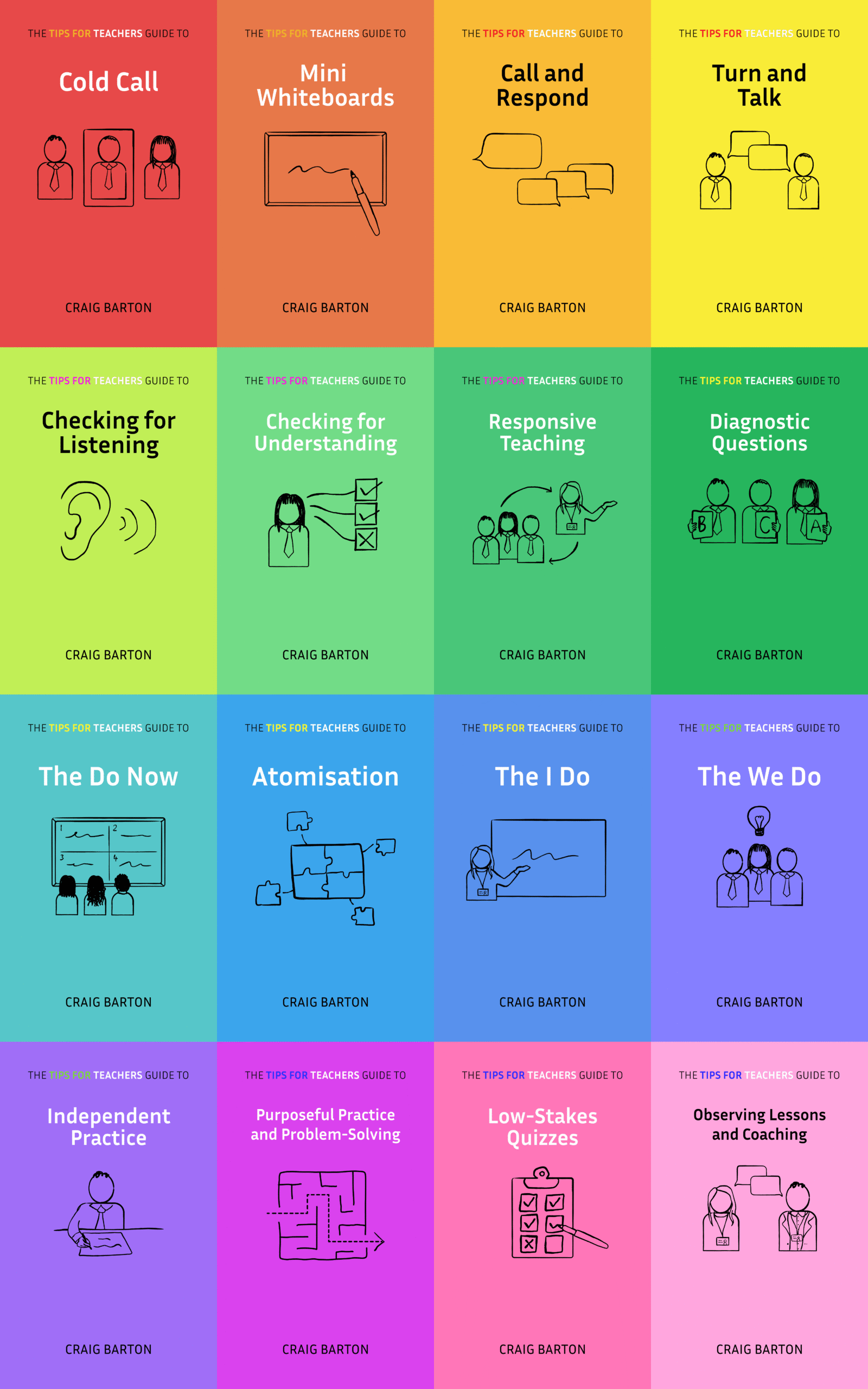
- Title: Learning Versus Performance: An Integrative Review
- Authors: Soderstrom and Bjork
- Access the original paper here
- Listen to a deep-dive podcast:
Paper summary
This excerpt from a research paper by Soderstrom and Bjork explores the relationship between learning and performance, emphasizing the crucial distinction between the two. The authors argue that while performance can be observed and measured during training or instruction, learning must be inferred and is not always directly reflected in performance. The article reviews foundational studies demonstrating that learning can occur in the absence of performance improvements, such as latent learning and overlearning. It also delves into various factors that influence this distinction, such as practice schedules, variability of practice, and feedback, highlighting how conditions that often enhance long-term learning may have detrimental effects on performance during training. The article concludes with a discussion of metacognition and neuroscientific evidence supporting the learning-performance distinction.
What are the key implications for teachers in the classroom?
Implications of Learning Versus Performance for Teachers
- Performance during instruction is not a reliable indicator of long-term learning. Students may perform well during a lesson or on immediate quizzes due to factors like massed practice or readily available feedback. However, these conditions often lead to poorer long-term retention and transfer compared to conditions that introduce difficulties and induce errors during learning.
- Embrace “desirable difficulties” to foster durable and flexible learning. Teachers should incorporate strategies like distributed practice (spacing out study sessions), varied practice (exposing students to different problem types and contexts), reduced feedback (avoiding immediate and constant feedback), and frequent testing (using tests as learning tools, not just assessments).
- Educate students about metacognition and effective learning strategies. Students often misinterpret short-term performance as a measure of learning and prefer strategies that provide immediate gratification but hinder long-term retention. Teachers should explicitly discuss the difference between learning and performance and guide students to adopt effective learning strategies.
- Consider the influence of feedback on learning. While feedback is essential, providing it too frequently and immediately can create dependence and hinder long-term retention. Delaying feedback, providing it in summary form, and encouraging self-evaluation can promote deeper processing and better learning.
- Encourage active learning through testing and generation. Having students actively retrieve information through testing and generate answers, even if initially incorrect, leads to more durable and flexible learning than passive activities like rereading.
In conclusion, the sources emphasize that optimizing learning requires considering factors beyond immediate performance. By understanding the distinction between learning and performance and adopting strategies that introduce “desirable difficulties,” teachers can create learning environments that promote durable, flexible, and transferable knowledge and skills.
Quote
Conditions that induce the most errors during acquisition are often the very conditions that lead to the most learning!








